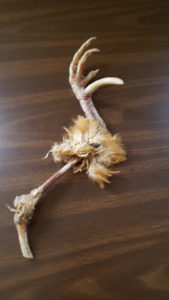Selectmen rehash past issues at meeting
by Mary Grow
China selectmen discussed multiple issues during their three-hour meeting June 27, most of them rehashing past events.
The major new topic was the Snow Pond Arts Academy (SPAA), a charter school opening in September at the New England Music Camp in Sidney.
Dean of Students David Holinger said the school presents a free alternative to the high schools currently available to China students. It will provide a traditional high school education plus a focus on dance, music (instrumental and vocal) and theater (dramatic and musical).
Holinger said SPAA is the eighth charter school in Maine and the first based on the performing arts. Students in grades nine through eleven will begin in September; school officials will apply to add grade twelve for the following year.
Buses will be provided within a 15-mile radius of the campus, and the school is seeking host families for students who live too far away to go home every night. Two China eighth-graders have already enrolled at SPAA, Holinger said.
More information on SPAA is available by calling 844-476-6976 or viewing www.snowpondartsacademy.org.
China selectmen spent more than an hour June 27 on forestry issues. District Forester Morten Moesswilde, invited at Tim Basham’s suggestion, recommended an approach to town-owned land, especially Thurston Park: visit other towns’ forests to get ideas, develop long-term (20 to 50 years) goals and form a relationship with a licensed forester to help set and implement the goals.
Basham, a member of the town Forestry Committee, and several spokespeople for the Thurston Park Committee seemed to disagree over whether there are inter-committee disagreements that require a new plan. Judy Stone and Philip DeMaynadier, Thurston Park Committee members, said the existing plan calls for developing roughly half the park for recreation and managing the other half for revenue-producing timber-cutting.
The second goal has been less emphasized recently, they said, because so much time and energy have gone into recreational development and because in 2007 forester Vite Vitale recommended delaying cutting for five to 10 years, due to heavy losses after the 1998 ice storm.
Robert MacFarland, chairman of the selectmen, closed the discussion by encouraging the two committees to work together and to report back to the selectmen. Selectmen also revisited the issue of transfer station charges. After another 20 minutes’ argument, they voted 3-2 to accept the Transfer Station Committee’s recommendation to leave the fee charged to local haulers who go over the scales at two cents a pound. The fee increases approved May 2 for demolition and debris will still be implemented July 1.
Transfer Station Committee members have not yet made a recommendation on the other issue selectmen referred to them, where to relocate the swap shop to alleviate traffic congestion near the hopper.
Town Manager Daniel L’Heureux said Palermo selectmen expect to know by the end of the month when they will stop using the Tri-County transfer station and begin sharing China’s. China selectmen are invited to the Palermo selectmen’s next meeting, he said.
In other business, selectmen voted unanimously to ask voters in November to approve two purchases, a lot adjoining the town office lot and the portable classroom beside China Primary School. They did not make a decision on whether to recommend buying the former Fairpoint building on Route 3. They made five appointments: Adam Ellis as superintendent of cemeteries, Frank Soares as a member of the Tax Increment Financing Committee, Sheri Wilkens and Christian Wilkens as members of the Thurston Park Committee and Brian Plato as a member of the recreation committee.
Selectman Irene Belanger said she did not know the town had a superintendent of cemeteries. L’Heureux said Ellis’s job will be to make sure people are buried in the right plots.
Selectmen unanimously rejected two bids to replace the handicapped access ramps to the old town house and the former portable classroom on the town office lot. The lower bid was $19,000, a figure selectmen considered too high
They unanimously approved the manager’s plan to have the new access driveway from Alder Park Road to the town office parking lot paved. L’Heureux expects the work to be done within a few days.
Following up on the June 13 discussion of making China more friendly to senior citizens, they voted unanimously to spend up to $500 for a demographic survey.
Items tentatively on the agenda for the selectmen’s July 11 meeting include a recommendation from the TIF committee on recreational development at the causeway at the head of China Lake, continued discussion of solid waste issues and draft ordinance amendments from the planning board dealing with shoreland zoning, seasonal conversions and signs.


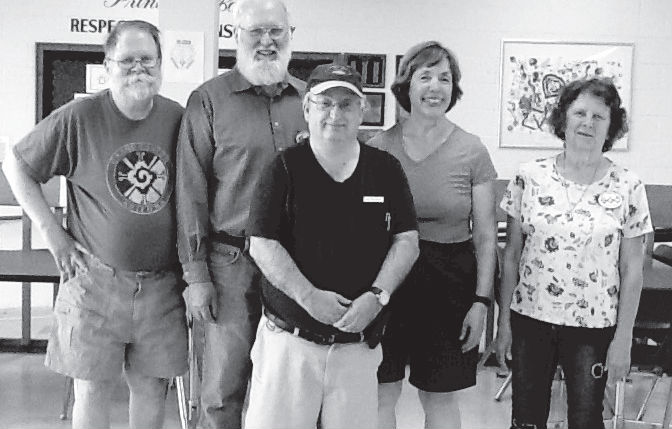


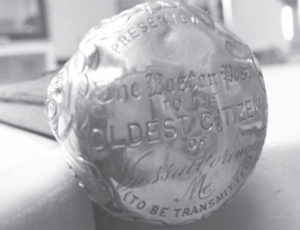

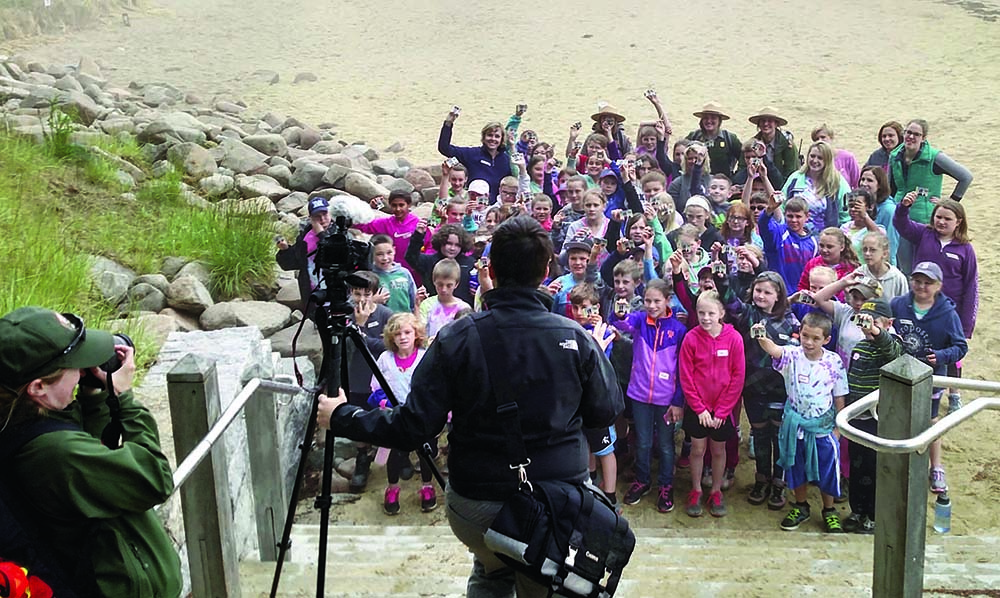
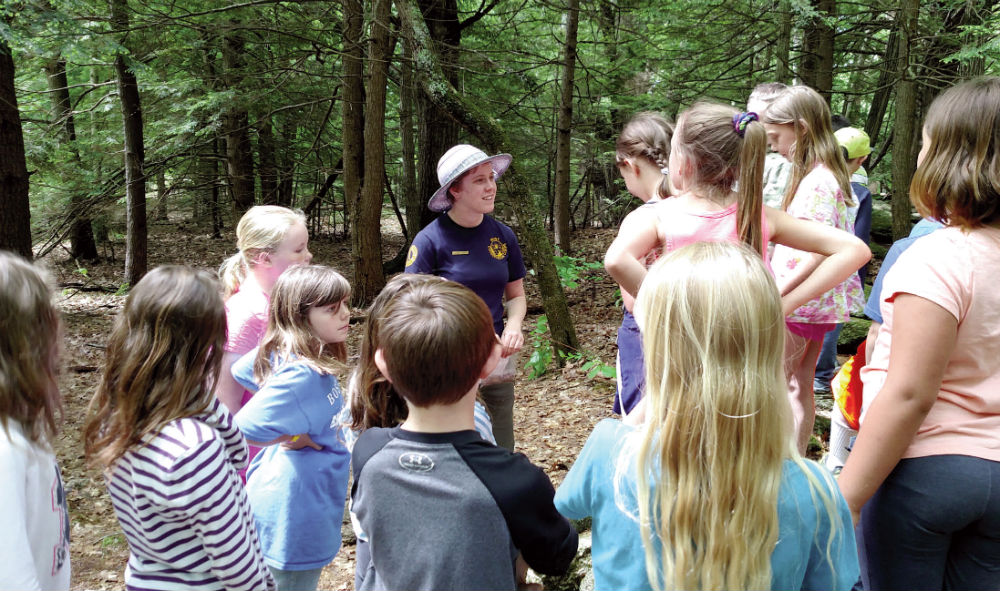
 by Roland D. Hallee
by Roland D. Hallee